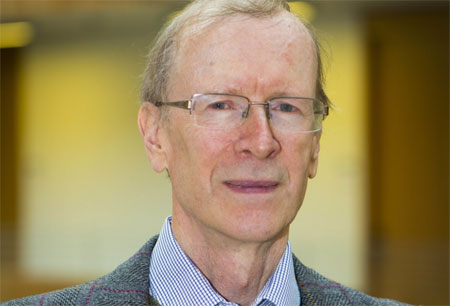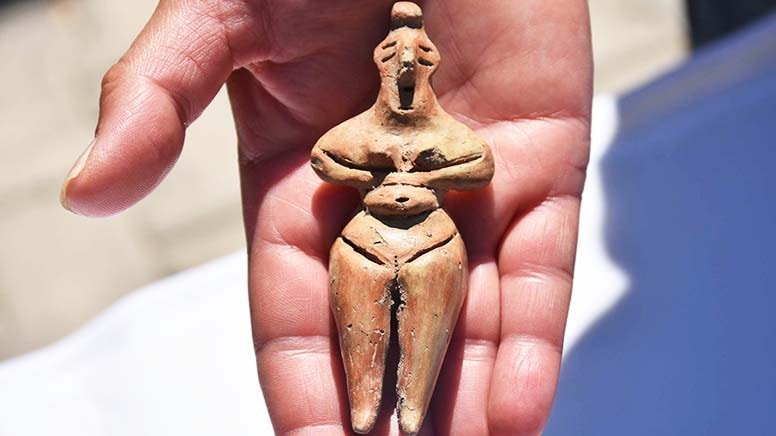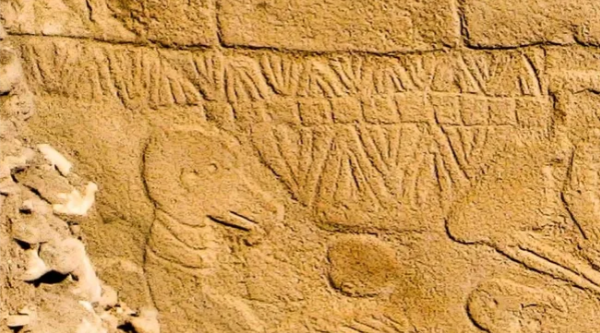
- A-
- A
- A+
The 2016 Abel Prize In Mathematics
The 2016 Abel Prize in Mathematics has been awarded to Sir Andrew Wiles of the University of Oxford.
Established in 2002, the prize honors one of Norway’s most famous mathematicians, Niels Henrik Abel. He is most famous for proving the impossibility of solving the general quintic equation via radicals (translation: you probably remember the quadratic formula for finding solutions of polynomials of degree 2, and there are similar formulas for polynomials of degrees 3 and 4; Abel showed there is no such formula for polynomials of degree 5 or higher), but he had a significant impact on mathematics beyond that in his short 26-year life. Many fundamental concepts bear his name: abelian groups, abelian functions, abelian varieties. One wonders what else he might have achieved had he not contracted tuberculosis.
In contrast to the Fields Medal, which is reserved for mathematicians under the age of 40, the Abel Prize is open to any mathematician, regardless of age or previous prizes. Many of the prior Abel Laureates are also Fields Medalists (e.g., Jean-Pierre Serre, John Milnor, Pierre Deligne), and so one might view the prize as more akin to the Nobel Prize–a sort of lifetime achievement award. Administered by the Norwegian Academy of Science and Letters and funded by the national government, the Abel Prize comes with a monetary award of 6 million Norwegian kroner (about $700,000).
The prize committee cited Wiles’s monumental 1995 proof of Fermat’s Last Theorem “by way of the modularity conjecture for semistable elliptic curves, opening a new era in number theory.” I’ve written about Fermat’s Last Theorem before, so I won’t go into detail here, but just to remind you, the theorem is that there are no solutions, in positive integers x, y, z, to the equation xn + yn = zn, once n > 2 (there are lots of solutions when n = 2–that’s the Pythagorean theorem). Wiles actually proved a special case of the Shimura-Tanayama-Weil modularity conjecture, which via some very difficult theorems due to Frey, Ribet, and others, implies Fermat’s Last Theorem.
Wiles’s techniques led to further developments in number theory, such as the proof of the general case of the modularity conjecture in 2001, and the impact of his work is still being felt today.
Wiles developed a fascination with Fermat’s Theorem as a boy in Cambridge, England, deciding at age 10 that he had to find a solution. As a graduate student, he focused on elliptic curves and proved some special cases of another famous open problem in number theory, the Birch and Swinnerton-Dyer conjecture. As a junior faculty member at Harvard he began working on modular forms with Barry Mazur, ultimately proving the main conjecture of Iwasawa theory. So, by the time he was 30 he had already done very significant work in number theory and was appointed professor of mathematics at Princeton.
In the mid-1980s it became clear that the connection between modular forms and elliptic curves might be the key to solving Fermat’s Last Theorem, and Wiles set out in secret to find a proof. The story is told brilliantly in a BBC documentary that reveals the agony and ecstasy of scaling these intellectual heights. Wiles received international acclaim for his work, including special recognition from the International Mathematical Union (a “quantized Fields Medal” someone called it at the time), and several other prizes and honors. In 2010, he returned to Oxford as a Royal Society Research Professor.
Similar News
Links


 Elm TV
Elm TV
 Photo
Photo
 Video
Video





